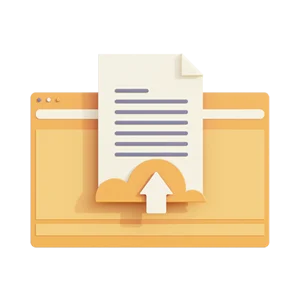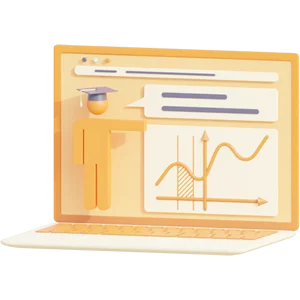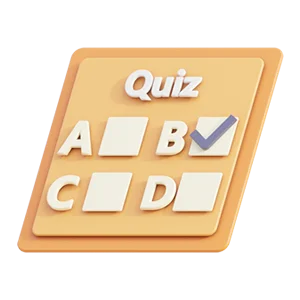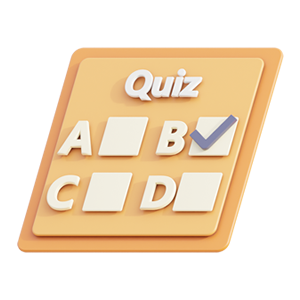2023 ATI NURSING CARE OF CHILDREN PROCTORED EXAM LATEST UPDATE 2023
2023 ATI NURSING CARE OF CHILDREN
PROCTORED EXAM LATEST UPDATE 2023
blood neoplasms: analyzing data for a child who has leukemia chapter 40 - ANSWERlow grade fever, pallow, increased bruising and petechiae, listlessness, enlarged liver,
lymph nodes, and joints, abdominal leg and joint pain. headache. constipation. vomiting
and anorexia. unsteady gait.
Late manifestations include pain, hematuria, ulcerations in mouth, enlarged kidneys and
testicles, manifestations of ICP.
acute and infectious respiratory illnesses: caring for a child following a tonsillectomy
chapter 17 - ANSWER-Facilitate drainage. evaluate head of bed when fully awake.
Assess for bleeding such as frequent swallowing, clearing of throat, restlessness, bright
red emesis, tachycardia, and or pallor. Assess airway and vitals. Monitor for difficulty
breathing r/t oral secretions, edema and or bleeding.
Comfort measures: admin anelgesics such as acetaminophen and norco. Provide an ice
collar. Offer ice chips and fluids. Avoid red fluids. Advance diet with soft bland foods.
Discourage coughing, clearing throat and nose blowing. avoid straws, alert family that
there can be clots or blood tinged mucus in vomitus. Encourage rest.
diabetes mellitus: managing diabetes during illness chapter 33 - ANSWERacute infectious gastrointestinal disorders: expected findings for dehydration chapter 22
- ANSWER-Mild: behavior, mucous membranes, anterior fontanel, pulse and BP within
normal limits. Cap refill greater than 2 seconds. Possible slight thirst.
Moderate: Cap refill between 2-4 sec. Possible thirst and irritability. Pulse slightly
increased. Dry mucous and decreased skin turgor. Slight tachypnea. Normal to sunken
anterior fontanel on infants.
Severe: Cap refill >4sec. Tachycardia present. Extreme thirst. Very dry mucous
membranes, tented skin. Hyperpnea No tearing with sunken eyeballs. Oliguria and
anuria.
chronic neuromusculoskeletal disorders: caring for a toddler who has
ventriculoperitoneal shunt chapter 29 - ANSWER-Ventriculoperitoneal Shunt - device
used to relieve pressure on the brain by ridding of fluid accumulation (primarily for
hydrocephalus).
Nurse should continually assess the infant's fontanels and head circumference, initiate
latex precautions, and assess for any changes in the neurological status of the infant
(could be caused by shunt malfunction - prepare for revision if this occurs).
head injury: reporting manifestations of increased intracranial pressure chapter 14 -
ANSWER-Increased ICP occurs with severe injuries
Infants: bulging fontanels, separation of cranial sutures, irritability restlessness,
increased sleeping, high-pitched cry, poor feeding, setting-sun sign, and distended
scalp veins.
Children: nausea, headache, forceful vomiting, blurred vision, inc. sleeping, inability to
follow simple command, decline in school performance, seizures.
--> Late Signs: alterations in pupillary response, posturing (flexion/extension),
bradycardia, dec. motor response to painful stimuli, Cheyne-Stokes respirations, optic
disc swelling, dec. consciousness and coma.
Flexion: severe dysfunction of cerebral cortex
Extension: severe dysfunction at level of midbrain
acute and infectious respiratory illnesses: epiglottis chapter 17 - ANSWER-Considered
a "medical emergency" usually caused by Haemophilus influenza.
expected findings --> absence of cough, drooling, agitation, tripod position, dysphonia,
dysphagia, inspiratory stridor, retractions and sore throat/high fever with restlessness.
Dx: lateral neck radiograph of soft tissues.
Nursing Care: protect they airway by avoiding throat cultures using a tongue blade.
Prepare pt for intubation, provide with humidified oxygen (monitor O2 continuously).
Administer corticosteroids and IV fluids + antibiotic therapy (start with IV then transition
to PO to complete 10 day course), droplet isolation precautions for first 24 hours after IV
antibiotics initiated.
cardiovascular disorders: interventions for an infant who has tetralogy of fallot -
ANSWER-Cyanosis at birth, systolic murmer, episoes of acute cyanosis and hypoxia.
Pulmonary stenosis, ventricular septal defect, overriding aorta, riht ventricular
hypertrophy.Surgical procedures are to place a shunt until able to undergo primary
repair. complete repair within the first ear of life.
antibiotics affecting protein synthesis: administration of aminoglycosides chapter 45 -
ANSWER-SELECT PROTOTYPE MEDICATION: Gentamicin
OTHER MEDICATIONS
• Tobramycin
• Neomycin
• Streptomycin
• Paromomycin
Preview document (3 of 63 pages)
Knoowy benefits
$ 24.95
 Money back guarantee
Money back guarantee
 Documents can be downloaded immediately
Documents can be downloaded immediately
 $0.50 discount when paying with balance
$0.50 discount when paying with balance
-
 Receive free quiz questions with document
Receive free quiz questions with document

Specifications
- School: Chamberlain
- Course: Nursing
- Year of study: 2023
Document
- Section: Examinations
- Made on: 10-09-2023
- Type: .pdf
- Pages: 63
- Language: English
Tags
Seller
EXCELLENT HOMEWORK HELP AND TUTORING ,ALL KIND OF QUIZ AND EXAMS WITH GUARANTEE OF A+
Am an expert on major courses especially; psychology, Nursing, Human resource Management and Mathemtics Assisting students with quality work is my first priority. I ensure scholarly standards in my documents and that's why i'm one of the BEST GOLD RATED TUTORS in Knoowy. I assure a GOOD GRADE if you will use my work.ALL THE BEST
Available in bundle
- ATI RN VATIComprehensive Predictor 2023 Form B Practice 2023 – 2024 ACTUAL EXAM QUESTIONS AND CORRECT DETAILED ANSWERS WITH RATIONALES VERIFIED ANSWERS ALREADY GRADED A+
- (NGN) ATI COMPREHENSIVE EXIT EXAM 2022/2023 2023 - 2024 ACTUAL EXAM QUESTIONS AND CORRECT DETAILED ANSWERS ANSWERS ALREADY GRADED A+
- 2023 ATI Nursing Care of Children Proctored Exam 2023 , Nursing Care of Children ATI Proctored Exam 2023 LATEST update 2023 – 2024 GRADED A+
- 2023 ATI RN PHARMACOLOGY PROCTORED 2019 RETAKE GUIDE WITH NGN GRADED A+
- Nog 7 items ›
Subjects of Nursing - Chamberlain
More Nursing ›nursing care of children ati comprehensive ati comprehensive exit ati comprehensive predictor ati fundamentals proctored ati pharmacology ati pn comprehensive predictor bio250l community health comprehensive predictor ecba emt health care healthcare hesi hesi health assessment hesi mental health hesi rn exit hesi rn exit exam ihuman case study maternal newborn med surg mental health nursing pharmacology
 Deal: get 10% off when you purchase 3 or more items!
Deal: get 10% off when you purchase 3 or more items!
Deal: get 10% off when you purchase 3 or more items!








